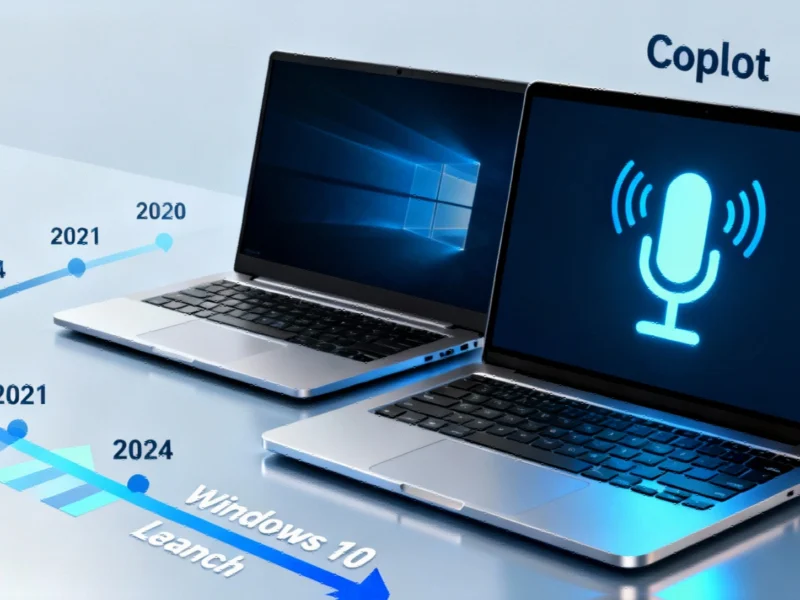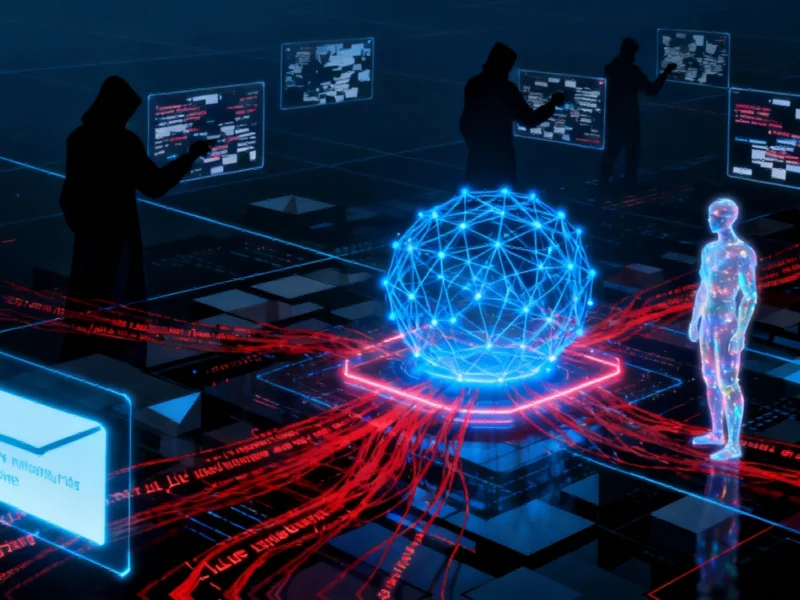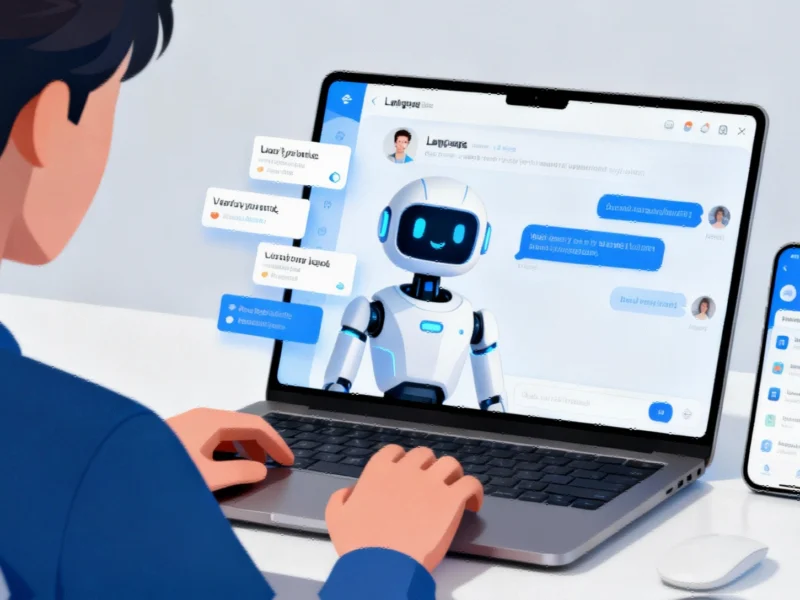Microsoft has initiated a pivotal transition in its operating system ecosystem, ending free security support for Windows 10 while simultaneously rolling out significant AI enhancements to Windows 11. This strategic move creates both opportunities and challenges for industrial computing environments where system stability and security are paramount.
The timing of Microsoft’s Windows 11 AI integration coincides with broader industry shifts toward intelligent computing solutions. As manufacturing and industrial sectors increasingly rely on sophisticated computing infrastructure, this transition represents a critical juncture for technology decision-makers.
Voice-Activated Computing Revolution
Microsoft’s most prominent new feature enables users to activate Copilot through voice commands, fundamentally changing human-computer interaction. The “Hey, Copilot” functionality allows for hands-free operation, which could prove transformative in industrial settings where workers need to maintain focus on physical tasks while accessing computational resources.
Yusuf Mehdi, Microsoft’s consumer division executive vice president, compared this shift to the introduction of the mouse and keyboard, suggesting that voice interaction will similarly redefine the PC experience. However, industrial environments may require additional consideration for implementation in noisy manufacturing floors or shared workspaces.
Security Implications for Industrial Systems
The security dimension of this transition cannot be overstated. With millions of devices losing automatic security updates, industrial operations face significant vulnerability exposure. Nathan Proctor of PIRG’s Right to Repair campaign highlighted the dual threat of security risks and environmental impact from discarded equipment.
Microsoft’s extended security support through October 2026 comes at additional cost for most users, though EU and cloud-synchronized U.S. users qualify for complimentary protection. This creates a complex decision matrix for industrial operations managing large fleets of Windows devices.
AI Integration Deepens With Copilot Vision
The updated Windows 11 now includes Copilot Vision capabilities for all users, enabling AI analysis of on-screen content across documents, applications, and even specialized industrial software. This represents Microsoft’s continued effort to position Windows as a gateway to generative AI tools amid fierce competition from Apple, Google, and AI startups.
These developments occur alongside other significant industry movements, including leadership changes in security positions at major technology firms and advanced AI implementations in commerce and automation sectors.
Global Economic Context
The Windows transition unfolds within a complex global economic landscape where international trade policies are reshaping business operations across multiple sectors. Industrial computing decisions must now account for both technological capabilities and broader economic factors affecting hardware procurement and software deployment.
Meanwhile, positive indicators in related sectors, such as the rising confidence among homebuilders following Federal Reserve rate adjustments, suggest potential for increased investment in technology infrastructure.
Hardware Evolution and Sustainability Concerns
The Windows 11 requirement for newer hardware creates both technological advancement opportunities and environmental challenges. As many older computers cannot upgrade to Windows 11, organizations face decisions about equipment replacement that carry significant sustainability implications.
This hardware transition aligns with broader industry trends, including Apple’s recent M5 chip announcement demonstrating continued processor innovation and growing emphasis on regenerative and sustainable business practices across technology sectors.
Implementation Considerations for Industrial Environments
Microsoft acknowledges that adapting to voice-activated computing will require adjustment periods, particularly in shared workspaces common in industrial settings. The company suggests this transition mirrors the learning curve experienced when mice first became standard computer peripherals.
Notably, these updates represent a different approach from Microsoft’s controversial Recall feature, which faced privacy concerns and took a year to implement after initial announcement. The current AI enhancements focus more on interactive assistance rather than comprehensive activity tracking.
For industrial computing professionals, the Windows transition represents both an imperative security update and an opportunity to leverage advanced AI capabilities in manufacturing, automation, and operational environments. The successful implementation will require careful planning around both technological integration and workforce adaptation to new interaction paradigms.
Based on reporting by {‘uri’: ‘fortune.com’, ‘dataType’: ‘news’, ‘title’: ‘Fortune’, ‘description’: ‘Unrivaled access, premier storytelling, and the best of business since 1930.’, ‘location’: {‘type’: ‘place’, ‘geoNamesId’: ‘5128581’, ‘label’: {‘eng’: ‘New York City’}, ‘population’: 8175133, ‘lat’: 40.71427, ‘long’: -74.00597, ‘country’: {‘type’: ‘country’, ‘geoNamesId’: ‘6252001’, ‘label’: {‘eng’: ‘United States’}, ‘population’: 310232863, ‘lat’: 39.76, ‘long’: -98.5, ‘area’: 9629091, ‘continent’: ‘Noth America’}}, ‘locationValidated’: False, ‘ranking’: {‘importanceRank’: 213198, ‘alexaGlobalRank’: 5974, ‘alexaCountryRank’: 2699}}. This article aggregates information from publicly available sources. All trademarks and copyrights belong to their respective owners.



